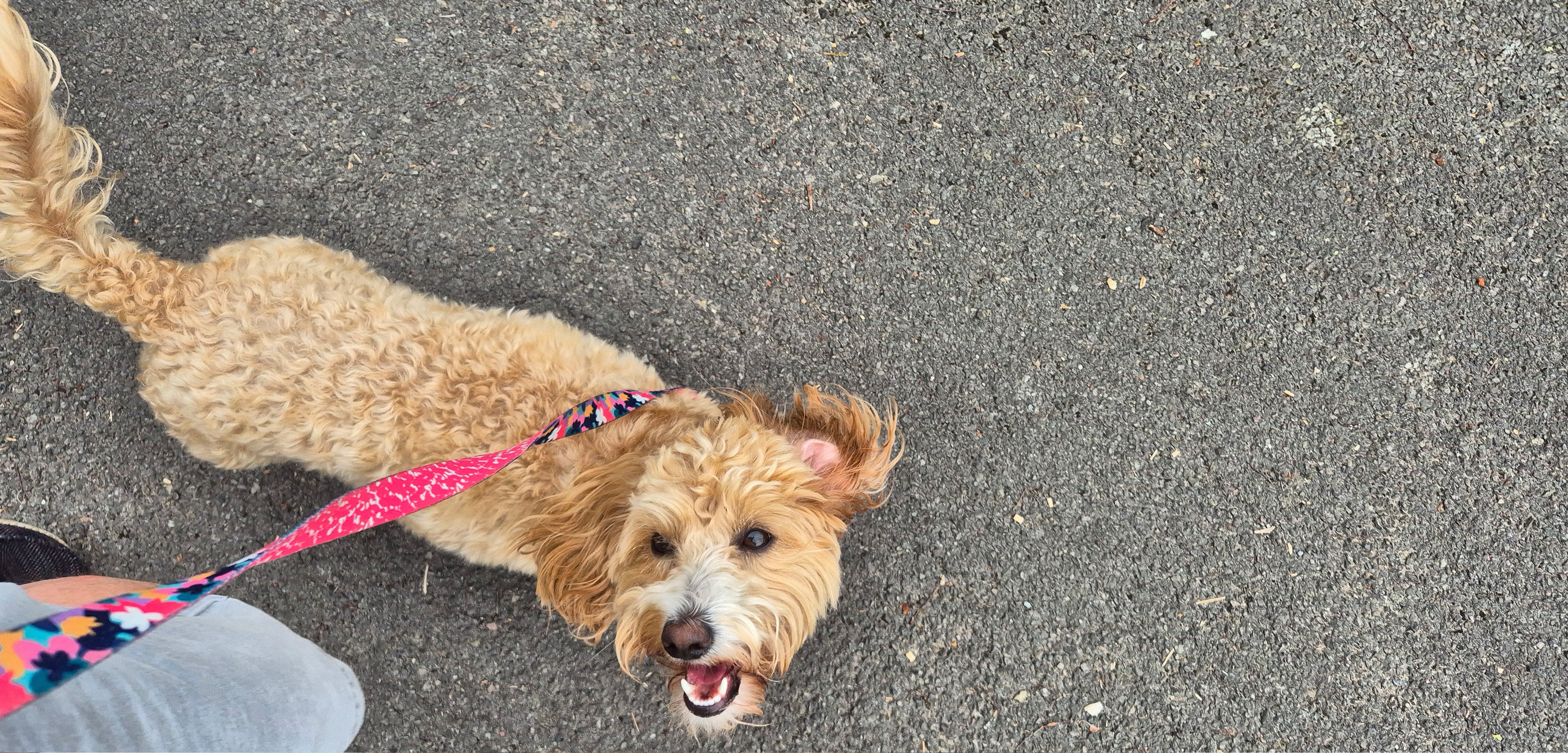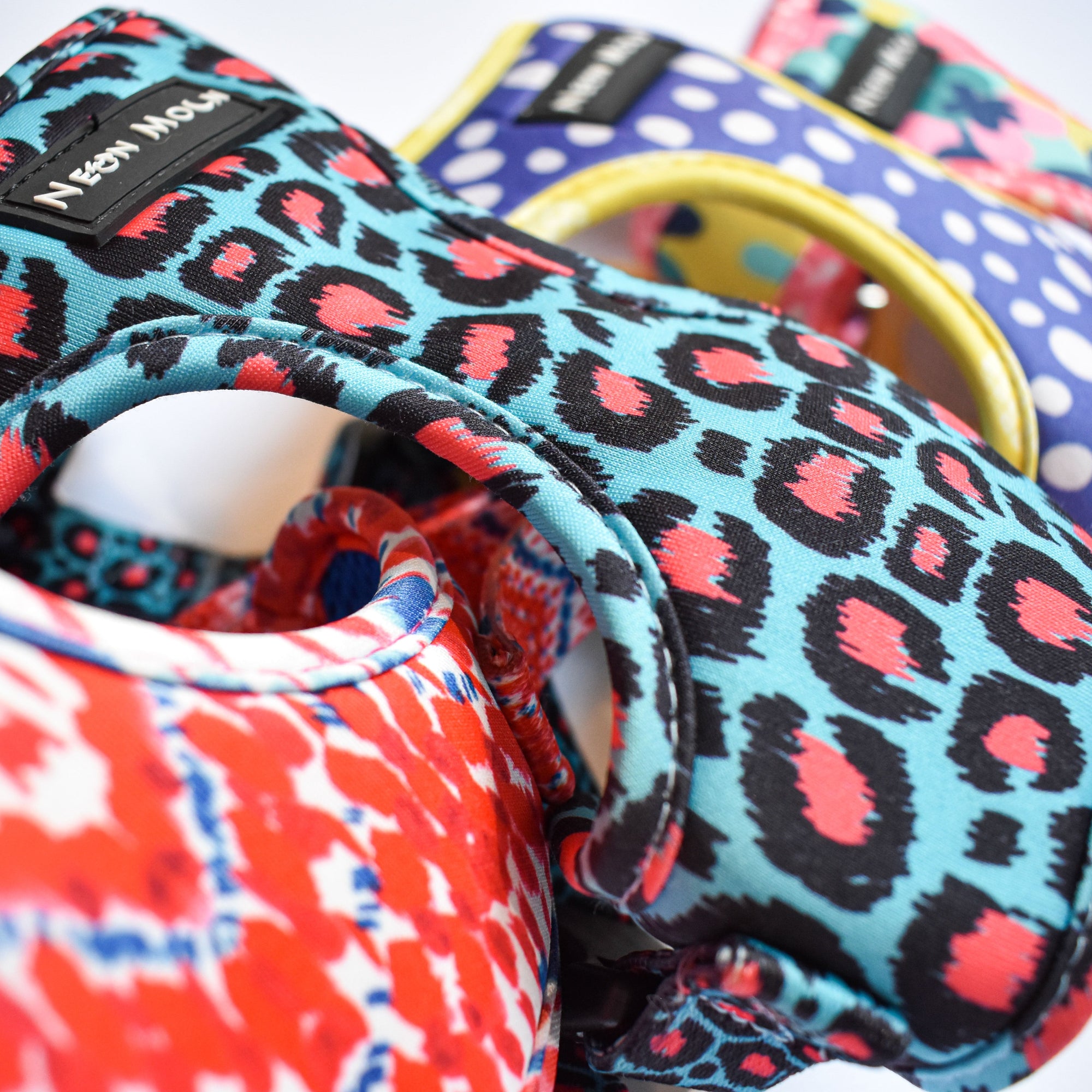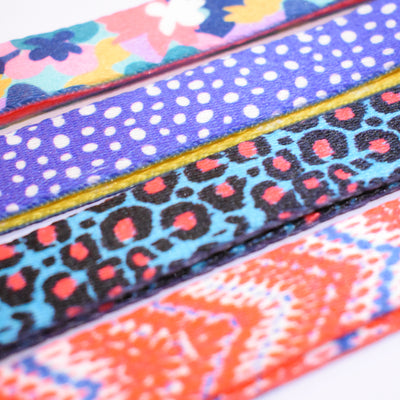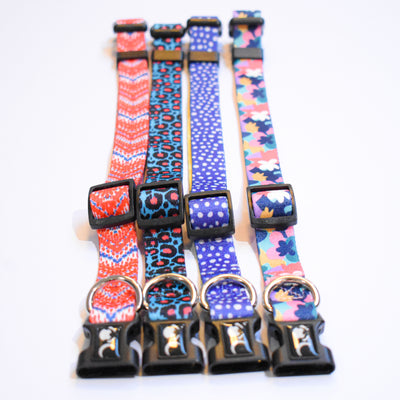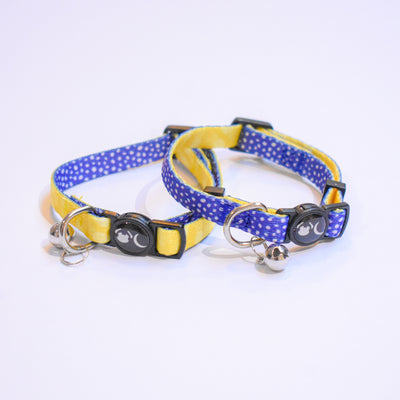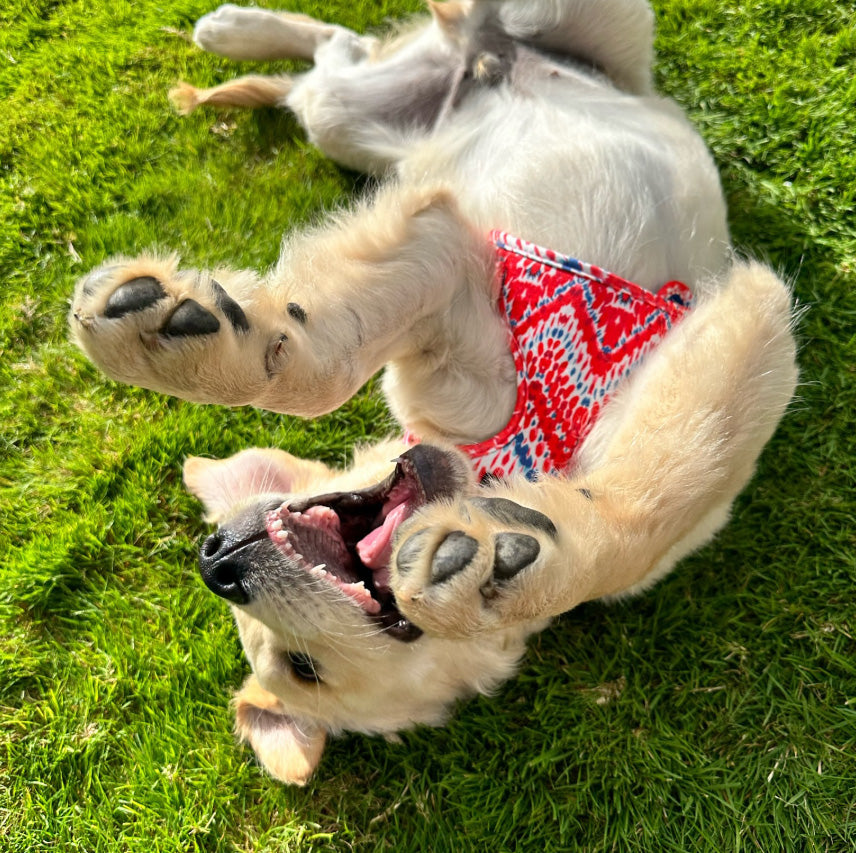Most dog owners think their pets should naturally walk nicely on a lead. Wrong. Good lead training needs patience, consistency and knowing what makes dogs tick.
Dogs pull for one simple reason—it works. Pull forward, move forward. Simple as that! This drives both of you mad. Teaching loose lead walking takes time, but it's worth every minute. Relaxed walks are better for everyone. Plus, your dog gets to do what they love most—sniffing everything.
This guide shows you how to stop the pulling. You'll learn why distractions make dogs pull harder. You'll discover how the right gear helps (but doesn't fix everything). Puppy or older dog, these methods work. Soon those daily battles become pleasant walks you both enjoy.
What Loose Lead Walking Actually Means
Get this straight first—loose dog lead walking and heeling are two different things.
Loose lead vs. heel walking
Loose lead walking means no tension on the lead. Your dog can be anywhere within that 6ft radius. The lead stays slack. Your dog moves freely.
Heeling is strict. Your dog stays within an inch of your leg and matches every direction change instantly. Dogs can generally heel for 30-60 seconds at a time (some breed are better than others). Loose lead walking goes on for 30 minutes or more.
Dogs have 300 million scent receptors. We have 6 million. Sniffing gives them:
· Mental exercise that tires them out like physical activity
· Stress relief through dopamine release
· Environmental updates—think of it as their social media
Walks might be your dog's only chance for natural behaviours like sniffing, socialising and scent marking. Loose lead walking supports this. Constant pulling or strict heeling doesn't.
What pulling does to your dog
Pulling hurts more than your arm. Collar pressure damages the trachea, larynx, oesophagus and eyes permanently. Flat-faced breeds suffer most.
Chronic pulling stress stops dogs from acting naturally on walks. Stressed pullers often bark more, get overexcited, and show aggression towards dogs or people.
The 2020 UK PDSA report found pulling was the top behaviour problem owners wanted fixed—24% vs 22% for firework fears.
Build Focus Through Positive Reinforcement
Positive reinforcement works. Stop trying to correct bad behaviour—reward the good stuff instead.
Reward your dog for checking in
Get your dog looking at you. That's the secret. Start simple—every time they glance your way, mark it. Say "Yes!" and give them a treat straight away. Dogs love this game. They'll start checking in more often because good things happen when they do.
Keep doing this during walks. Look at you = treat. Soon they'll be seeking eye contact naturally. Once this habit sticks, you can reduce the treats gradually.
Use food and praise effectively
Pick treats your dog goes mad for. The good stuff works best for training sessions. Timing matters:
· Mark the behaviour the second it happens with "Yes!" or a clicker
· Treat immediately after
· Reward every correct response at first
High-value treats are essential early on. Later, random rewards actually work better for keeping the behaviour strong.
Avoid punishing pulling behaviour
Don't yank the lead. Don't shout. Just stop. When they pull, become a tree. Wait for the lead to go slack, then move forward again. This teaches them pulling gets nowhere, but loose leads get results.
Dogs pull because they're faster than us and want to sniff everything. Punishment makes them anxious and often makes pulling worse.
Use consistent cues and body language
Same commands every time. Same rewards. Same body language. Consistency beats everything else. A few minutes daily works better than long weekly sessions.
Stay calm and positive throughout. Your dog reads your energy first, your commands second.
Train in the Right Places and at the Right Time
Location and timing matter more than you think. Get these right and your dog learns faster.
Start in low-distraction areas
Train somewhere quiet first. Your home or garden works perfectly since these familiar spaces let your dog focus on you and the task. Dogs learn new behaviours much better in quiet places.
Once your dog gets the basics, add more challenging environments gradually. Each success builds confidence for trickier situations. If your dog keeps ignoring you for distractions, they're just practising bad habits.
Avoid training at the start of walks
Most owners expect perfect behaviour the moment they step outside. Dogs need adjustment time though. Let your dog sniff around briefly before starting any training. This satisfies their curiosity about new sights and smells, helping them focus afterwards.
Forget about reaching destinations during training sessions. Focus on the training itself. This stops frustration when you don't get where you planned to go.
Keep sessions short and focused
Short, frequent sessions beat long ones every time. Stick to:
· 5-10 minutes per session
· Multiple sessions throughout the day
· Regular practice rather than occasional long sessions
Dogs have short attention spans, so brief sessions prevent overwhelm and boredom. Regular 10-15 minute training often works better than 30-minute walks expecting constant perfect behaviour.
Consistency beats duration every time. Training might make walks longer initially, but regular practice soon gives you relaxed walks with your dog.
Use Equipment to Support, Not Solve, the Problem
Good gear helps with training. It won't fix everything, but the right tools make your job easier and keep your dog comfortable.
Choosing a lead that gives freedom
Standard leads work best—stick to 1.5-2 metres long. They give your dog room to move without losing control. Retractable leads are trouble because they keep constant tension. Your dog learns that pulling is normal. Training leads (5m-15m) work great in open spaces where your dog needs more freedom.
Why a well-fitted harness helps
Harnesses spread pressure across your dog's chest and shoulders instead of their neck. Much safer than collars. Getting the fit right matters:
· Two fingers should fit between the harness and your dog's skin
· Wide chest straps (40-50mm for dogs over 18kg) work better
· Secure enough they can't escape, loose enough they can breathe
Poor fitting dog harness causes problems. Chafing, breathing trouble, or worse—your dog slips out and runs off.
Using different clips for training vs. walking
Front clips help stop pulling. When your dog lunges forward, they get turned towards you instead. Back clips suit dogs that already walk nicely. Dual-clip harnesses give you both options. Start with front clips for training, then switch to back clips once they've got the hang of it.
Take Away Points
Lead training takes patience. The rewards go way beyond a well-behaved dog. You both get better walks that don't hurt your arms or damage your dog's throat.
Dogs need to sniff. That's how they see the world. Good lead walking lets them do this without dragging you around. Positive training builds trust between you two.
Start slow. Practice at home first. Celebrate the small wins. Your dog is learning something completely new.
The right harness and lead help loads. But they don't do the training for you. Daily practice beats fancy equipment every time.
Walks should be fun, not battles. These methods stop the pulling and give you both something to enjoy. Your dog gets structure, you get sanity. Soon you'll both look forward to walk time again.


